Home>diy>Architecture & Design>What Are The Elements Of Rococo Architectural Style?
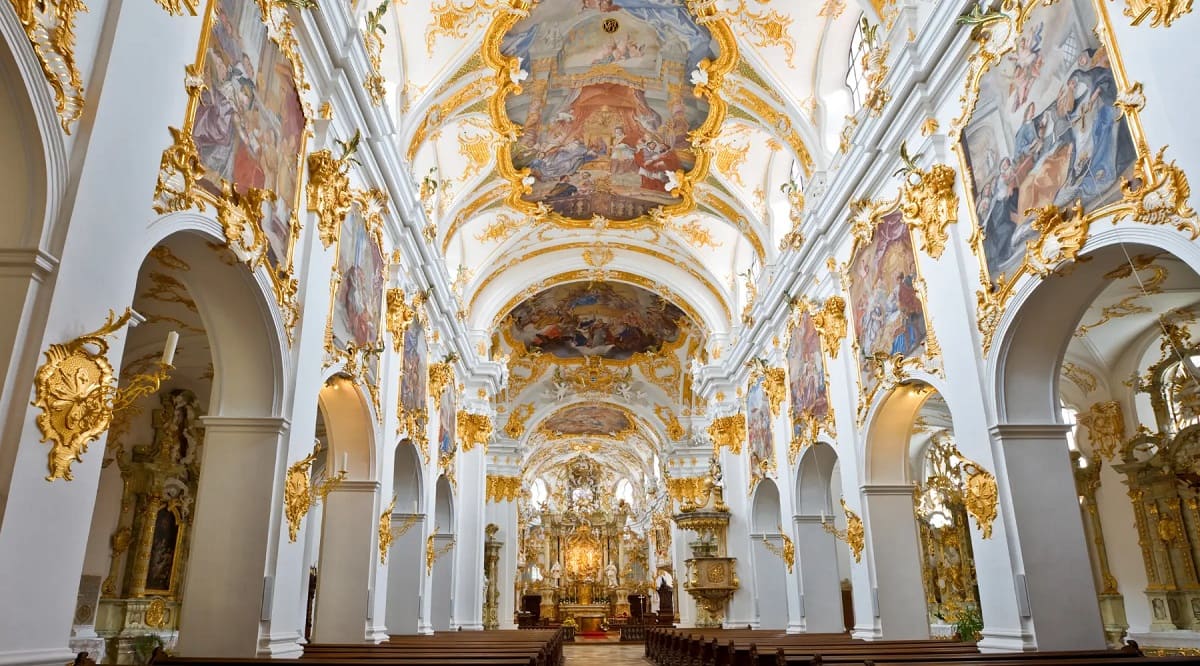

Architecture & Design
What Are The Elements Of Rococo Architectural Style?
Modified: May 6, 2024
Discover the key elements of Rococo architectural style, from ornate ornamentation to asymmetrical designs. Explore the artistry of architecture-design in the Rococo era.
(Many of the links in this article redirect to a specific reviewed product. Your purchase of these products through affiliate links helps to generate commission for Storables.com, at no extra cost. Learn more)
Introduction
Rococo architecture is a highly ornamental and extravagant style that emerged in Europe during the late 17th and early 18th centuries. It originated as a reaction against the rigid and formal Baroque style, seeking to bring a sense of lightness, elegance, and playfulness to architectural design. The Rococo style is known for its intricate detailing, opulent decorations, and graceful curves.
During the Rococo period, buildings were not merely functional structures but works of art that were meant to impress and delight. The architects of this era embraced the concept of “art in architecture,” infusing their designs with whimsical details and creating a sense of theatricality. This article will explore the elements that define Rococo architecture and discuss its enduring influence.
Key Takeaways:
- Rococo architecture, with its ornate and curved forms, elaborate decorations, and strategic use of light and color, created a whimsical and luxurious aesthetic that continues to inspire architects and designers today.
- The seamless integration of sculpture and stucco work, along with the playful interplay of symmetry and asymmetry, defined Rococo architecture as a unique and enchanting style that left an indelible mark on the architectural world.
Read more: What Is An Architectural Style?
Rococo Architecture: An Overview
Rococo architecture flourished in Europe during the 18th century, particularly in France, Italy, and Germany. It was a style that reflected the luxurious and decadent tastes of the aristocracy and bourgeoisie. The word “rococo” is derived from the French word “rocaille,” meaning “shell-like,” which aptly describes the intricate and delicate forms that characterize this architectural style.
Unlike the grandeur and magnificence of Baroque architecture, Rococo architecture focused on creating visually pleasing and harmonious spaces. It aimed to capture the elegance and grace of nature, with an emphasis on curves, asymmetry, and detail. This style was heavily influenced by the Rococo art movement, which celebrated themes of love, romance, and nature.
Rococo architecture often featured elaborate facades, with intricate carvings, scrollwork, and motifs inspired by nature, such as shells, flowers, leaves, and vines. The use of stucco, a technique that allowed for intricate and lightweight ornamentation, was also prevalent in Rococo architecture.
One of the defining characteristics of Rococo architecture is its emphasis on interior spaces. While the exteriors of Rococo buildings were often modest, the interiors were lavishly decorated. Rooms were designed to be intimate and comfortable, with a focus on creating a sense of luxury and refinement. This was achieved through the use of sumptuous materials, such as silk and velvet, richly painted ceilings, and ornate woodwork.
Rococo architecture also prioritized the integration of architecture, sculpture, and painting. Sculptures and reliefs were often incorporated into the facades and interiors of buildings, further adding to the sense of opulence and extravagance. Paintings, tapestries, and mirrors were used to create a sense of depth and illusion within the spaces.
While Rococo architecture reached its peak popularity in the 18th century, its influence can still be seen today. The graceful curves, delicate ornamentation, and emphasis on interior spaces continue to inspire architects and designers. Rococo architecture remains a testament to the artistic creativity and sense of style of the era, and has left an indelible mark on the architectural world.
Elements of Rococo Architectural Style
Rococo architecture is characterized by a unique set of elements that distinguish it from other architectural styles. These elements work together harmoniously to create the whimsical and ornate aesthetic that defines Rococo. Let’s explore some of the key elements of Rococo architectural style:
- Ornate and Curved Forms: One of the most distinctive features of Rococo architecture is the abundant use of decorative and curvilinear forms. Curved lines and shapes were utilized to create a sense of fluidity and movement, unlike the rigid and straight lines of Baroque architecture. These curvaceous forms can be seen in the facades, moldings, and furniture of Rococo buildings, lending an air of playfulness and elegance.
- Elaborate Decorations and Detailing: Rococo architecture is known for its elaborate and intricate ornamentation. Buildings adorned with intricate carvings, exuberant reliefs, and decorative motifs that often included natural elements like shells, flowers, and leaves. Stucco work was also extensively used to create lightweight and finely detailed decorations. The decorations and detailing in Rococo buildings served to create visually captivating spaces that captured the imagination of its occupants.
- Use of Light and Color: Light was a vital element in Rococo architecture. Buildings were designed to maximize the entry of natural light through large windows and skylights. The play of light and shadow enhanced the intricate details and created a sense of movement within the space. Additionally, color was used liberally in Rococo interiors, with pastel hues dominating the palette. Soft and delicate colors such as pinks, blues, and mint greens were favored, creating an atmosphere of elegance and charm.
- Symmetry and Asymmetry: While Rococo architecture often embraced asymmetry, it still retained a sense of balance and harmony. Buildings were designed with balanced compositions, but with a playful twist. The use of asymmetrical forms and arrangements added a sense of movement and dynamism to the architecture, giving it a unique and lively character.
- Integration of Sculpture and Stucco Work: Rococo architecture seamlessly integrated sculpture and stucco work into its design. Sculptures and reliefs were used to ornament the exteriors and interiors of buildings, adding depth and creating focal points. Stucco work, a technique that involved creating intricate designs with plaster, was used extensively in Rococo architecture to create elaborate and lightweight decoration.
These elements combined to create a distinctive architectural style that was elegant, playful, and luxurious. The Rococo style provided a departure from the formal and rigid architecture of the Baroque period, offering a sense of lightness and fantasy that captivated both architects and their patrons.
Ornate and Curved Forms
One of the defining characteristics of Rococo architecture is the abundant use of ornate and curved forms. Unlike the straight lines and rigid geometries of the preceding Baroque style, Rococo architecture embraced a more organic and playful approach. Curves, scrolls, and undulating forms were utilized to create a sense of movement, grace, and whimsy.
In Rococo architecture, straight lines were often replaced by fluid and sinuous curves. Building facades featured curvilinear forms and sweeping lines, which softened the overall composition and gave it a more delicate and graceful appearance. These curves were not just limited to the exterior but also extended to the interior spaces, creating a visual continuity and fluidity throughout the building.
Curved forms were not only present in the overall structure of buildings but were also incorporated into the intricate details and ornamentation. Balustrades, moldings, and doorways were adorned with intricate carvings and decorative elements that followed the organic flow of curves. These intricate details added a sense of refinement and elegance to the architecture, making every surface a work of art in itself.
Furthermore, the playful and whimsical nature of Rococo architecture is exemplified by the use of asymmetry and unpredictability in the placement of these curved forms. Buildings were designed to have a sense of spontaneity and movement, as if they were in a constant state of flux. This departure from the strict symmetry of earlier architectural styles added a sense of liveliness and dynamism to Rococo structures.
The incorporation of curvilinear forms in Rococo architecture was not limited to the buildings themselves. Furniture and interior decorations also embraced the same organic and fluid aesthetic. Chairs, tables, mirrors, and even chandeliers featured curved lines and intricate detailing, mirroring the architectural style of the time. This harmony between architecture and interior design created a cohesive and visually pleasing environment.
The ornate and curved forms of Rococo architecture helped to create a sense of lightness, elegance, and fantasy. Through the use of fluid lines and whimsical details, this architectural style captured the imagination and delight of its viewers. Even centuries later, the influence of Rococo architecture can still be seen in modern design, as its graceful and playful aesthetic continues to inspire architects and designers.
Elaborate Decorations and Detailing
Rococo architecture is renowned for its lavish and intricate decorations, which were an integral part of its aesthetic. Buildings designed in the Rococo style were adorned with elaborate detailing, creating visually captivating and enchanting structures.
One of the prominent features of Rococo architecture is the abundance of ornamental carvings and reliefs. These intricate embellishments adorned the facades, moldings, and entrances of buildings. Unlike the heavy and monumental decorations of the Baroque style, Rococo decorations were characterized by their lightness and delicacy. Elaborate scrollwork, shells, flowers, foliage, and other natural motifs were commonly used to create intricate and visually appealing designs.
In addition to the use of traditional carving techniques, stucco work played a crucial role in Rococo architecture. Stucco, a mixture of plaster and other materials, allowed for the creation of lightweight and finely detailed decorations. This versatile material could be molded into various shapes and forms, making it ideal for the ornate and intricate designs that defined Rococo architecture. Stucco work was used to embellish ceilings, walls, and even furniture, adding an additional layer of elegance and opulence to the interiors.
Another notable aspect of Rococo decorations is the emphasis on asymmetry. Unlike the symmetry and order of earlier architectural styles, Rococo embraced the irregular and unpredictable. Decorative elements and details were often arranged asymmetrically, creating a sense of movement and playfulness. This departure from strict symmetry added an element of surprise and whimsy to the overall design, making Rococo architecture visually captivating and dynamic.
The use of ornate decorations extended beyond the exteriors and interiors of buildings. Rococo architecture often featured elaborate gardens and landscapes that were meticulously designed to complement the architecture. These carefully crafted spaces included fountains, sculptural elements, and meticulously trimmed hedges, creating a harmonious and enchanting environment.
Furthermore, the extensive detailing in Rococo architecture extended to the furnishings and interior design. Furniture pieces were intricately carved and upholstered with sumptuous fabrics, contributing to the overall opulent and refined atmosphere. Every aspect of Rococo design, from the architecture to the smallest decorative object, was considered an opportunity for artistic expression and embellishment.
The elaborate decorations and detailing in Rococo architecture showcased the craftsmanship and dedication to aesthetics of the architects and artisans of the time. These ornate embellishments transformed buildings into works of art, creating a sumptuous and visually captivating experience for the occupants and visitors alike.
Use of Light and Color
The use of light and color is a defining characteristic of Rococo architecture. Light was considered an essential element in creating the desired atmosphere and enhancing the visual impact of Rococo spaces. Color, on the other hand, played a crucial role in setting the tone and mood of the interiors.
Rococo architecture incorporated various strategies to maximize the entry of natural light into the spaces. Large and expansive windows were employed, allowing abundant daylight to flood the rooms. The aim was to create bright and airy interiors that would reflect the joyful and lighthearted spirit of the Rococo style.
Additionally, skylights were introduced in Rococo design to bring even more natural light into the spaces. These skylights often featured decorative elements, such as delicate tracery or colored glass, which added an extra layer of visual interest when the sunlight filtered through.
The play of light and shadow had a dramatic impact on the ornate decorations and sculptural elements in Rococo architecture. The interplay of light enhanced the intricate details, bringing them to life and creating a sense of depth within the space. This technique created a dynamic and visually captivating environment for the occupants.
Color played a crucial role in creating the desired ambiance in Rococo interiors. Rather than using bold and vibrant colors, the Rococo palette favored soft, pastel hues. Shades of pink, blue, green, and lavender were commonly used, evoking a sense of delicacy, elegance, and romance.
These gentle and light pastel colors added to the overall ethereal and dreamlike quality of Rococo spaces. The walls were often painted in subtle shades, while decorative elements, such as wall panels, moldings, and carvings, were highlighted in complementary or contrasting colors to accentuate their details. The use of color created a harmonious and visually pleasing composition throughout the space.
Furthermore, the strategic use of color extended to the furnishings and textiles in Rococo interiors. Luxurious fabrics, such as silk, satin, and velvet, were often used in shades that harmonized with the overall color scheme. These rich and sumptuous fabrics added texture and depth to the spaces, enhancing the visual appeal and elegance of the interiors.
Overall, the use of light and color in Rococo architecture played a crucial role in creating a whimsical and enchanting atmosphere. The interplay of light and shadow, coupled with the soft and pastel color palette, contributed to the overall ethereal and romantic ambiance that defined this architectural style.
Look for elements such as asymmetry, pastel colors, ornate decoration, and use of curves and natural motifs when identifying Rococo architectural style.
Symmetry and Asymmetry
Rococo architecture exhibits a fascinating interplay between symmetry and asymmetry. While earlier architectural styles, such as the Baroque, heavily emphasized symmetry in their design, Rococo introduced a playful and dynamic element through the intentional use of asymmetry.
Symmetry, or the balanced arrangement of elements, remains an important aspect of Rococo architecture. The facades of Rococo buildings often display a symmetrical composition, with a central axis along which the elements align. This characteristic can be seen in the placement of windows, doors, and decorative motifs, creating a sense of order and balance.
However, Rococo architects did not adhere strictly to symmetry. Instead, they incorporated deliberate deviations from it, embracing asymmetrical elements that introduced movement, spontaneity, and a touch of whimsy to the overall design. This departure from strict symmetry gave Rococo architecture a unique character that distinguished it from its predecessors.
The asymmetrical features in Rococo architecture can be observed in the placement of decorative elements, such as sculptural pieces, stucco work, and cornices. These decorative elements were often arranged asymmetrically, creating a visual rhythm that draws the eye and adds a sense of dynamism to the space.
The use of asymmetry also extended to the overall layout of Rococo buildings. Instead of rigid and symmetrical floor plans, Rococo architecture employed irregular shapes and arrangements. This allowed for a more organic flow and variation in room sizes, emphasizing a sense of movement and avoiding the predictable and static nature of strict symmetry.
Furthermore, asymmetry was employed in the design of interior spaces as well. Rooms were designed to have irregular shapes and non-parallel walls. Furniture and decorative pieces were placed asymmetrically, adding an element of surprise and visual interest to the compositions.
Rococo architects embraced asymmetry as a means of creating a sense of liveliness, elegance, and freedom in their designs. The intentional deviations from symmetry introduced a level of unpredictability, inviting exploration and engaging the viewer in a more interactive experience.
By combining symmetrical and asymmetrical elements, Rococo architecture struck a balance between order and spontaneity, resulting in a style that is aesthetically pleasing, visually captivating, and full of movement. This unique design approach has been celebrated for centuries and continues to inspire architects and designers today.
Integration of Sculpture and Stucco Work
Rococo architecture is known for its seamless integration of sculpture and stucco work into the overall design. Sculptures and reliefs were incorporated into both the exteriors and interiors of buildings, creating a sense of visual harmony and adding an extra layer of intricacy to the architectural compositions.
One of the notable features of Rococo architecture is the incorporation of sculptural elements in the facades of buildings. Sculptures were often placed in niches, atop columns, or integrated into the overall design of the building itself. These sculptures depicted mythological figures, allegorical figures, and decorative motifs, adding a sense of grandeur and symbolism to the architecture.
The integration of sculptures not only enhanced the visual appeal of the building but also added a three-dimensional aspect to the otherwise flat surfaces. The interplay between light and shadow on the sculptural elements created a sense of depth and brought the facades to life.
In addition to sculptures, stucco work played a significant role in Rococo architecture. Stucco is a technique that involves shaping and applying plaster to create intricate designs and decorative motifs. This technique allowed for the creation of lightweight and finely detailed ornamentation.
Rococo buildings featured stucco decorations on both the exteriors and interiors. The stucco work was applied to walls, ceilings, and even furniture, adding a layer of richness and elegance to the surfaces. Stucco decorations often took the form of delicate scrolls, floral patterns, shells, and other natural motifs, reflecting the Rococo aesthetic.
The use of stucco work allowed for the creation of intricate and visually captivating detailing that would have been difficult to achieve with other materials. It provided architects and artisans with the freedom to explore intricate designs and bring their imagination to life.
The integration of sculptures and stucco work in Rococo architecture exemplifies the desire to create a truly immersive artistic experience. By combining architecture, sculpture, and decorative elements, Rococo architects aimed to create spaces that were not only visually captivating but also emotionally engaging.
Through the integration of sculpture and stucco work, Rococo architecture blurred the boundaries between different artistic disciplines. The result was a cohesive and harmonious composition that showcased the skill and craftsmanship of both architects and sculptors, leaving a lasting impression on those who experienced these architectural marvels.
Rococo Gardens and Landscapes
In addition to its architectural splendor, Rococo style was often accompanied by delightful gardens and landscapes that further enhanced the overall visual experience. Rococo gardens were meticulously designed to create a harmonious and enchanting environment that complemented the architectural style.
Rococo gardens were characterized by their playful and organic designs, incorporating elements of surprise, whimsy, and a celebration of nature. These gardens embraced the concept of “Jardin À l’anglaise” (English Garden) and departed from the symmetrical and manicured layouts of the formal French gardens of the Baroque era.
The gardens were characterized by curvilinear pathways, meandering streams, and expanses of rolling lawns. These undulating paths and open spaces provided a sense of freedom and exploration, inviting visitors to wander and discover the hidden treasures within the landscape.
One of the distinctive features of Rococo gardens was the integration of water elements. Fountains, cascades, and artificial lakes were incorporated into the design to create a sense of tranquility and visual interest. Water features were often adorned with sculptural elements, such as cherubs, nymphs, or mythological figures, further enhancing the whimsical and romantic ambiance of the garden.
The use of statuary and sculptures played an important role in Rococo gardens, as they did in Rococo architecture. Sculptures of classical figures, mythological creatures, and playful putti were placed strategically throughout the garden, adding a sense of grandeur and aesthetic delight. These sculptures served as focal points and created an element of surprise as visitors strolled through the garden paths.
The plantings in Rococo gardens were carefully selected to create a vibrant and colorful landscape. Flower beds, shrubs, and ornamental trees were arranged in asymmetrical patterns, following the natural contours of the terrain. The color palette was often inspired by the pastel hues of Rococo interiors, with soft pinks, blues, and lavenders dominating the flowerbeds.
Rococo gardens were not only designed for visual pleasure but also provided spaces for relaxation and socializing. Quaint pavilions, gazebos, and garden follies were incorporated into the landscape, offering shaded areas for rest and contemplation. These structures were often adorned with decorative elements, such as intricate woodwork, delicate ironwork, and painted frescoes.
Overall, Rococo gardens and landscapes were extensions of the architectural style and aimed to create a complete sensory experience for visitors. They combined natural elements, water features, sculptures, and harmonious plantings to create a whimsical and enchanting environment that embodied the essence of the Rococo period.
Famous Examples of Rococo Architecture
Rococo architecture left an indelible mark on the architectural landscape of Europe, particularly during the 18th century. Many magnificent buildings were constructed in the Rococo style, showcasing the opulence, elegance, and whimsy of the era. Here are some of the most famous examples of Rococo architecture:
- Peterhof Palace, Russia: Located in Saint Petersburg, Peterhof Palace is a remarkable example of Rococo architecture. The palace and its surrounding gardens were commissioned by Peter the Great and completed in the 18th century. Known as the “Russian Versailles,” Peterhof Palace features intricate facades, gilded detailing, and stunning fountains that dazzle visitors.
- Schönbrunn Palace, Austria: Situated in Vienna, Schönbrunn Palace is a grand Rococo palace that was once the summer residence of the Habsburg dynasty. With its graceful façade, symmetrical design, and beautifully landscaped gardens, Schönbrunn Palace is a testament to the elegance and luxury of Rococo architecture.
- Pavlovsk Palace, Russia: Located near Saint Petersburg, Pavlovsk Palace was built for Emperor Paul I and his wife Maria Feodorovna. The palace showcases a harmonious blend of Neoclassical and Rococo elements, featuring elegant interiors adorned with stucco work, sculptures, and intricate detailing.
- Château de Versailles, France: Perhaps the most iconic example of Rococo architecture, the Palace of Versailles is a true masterpiece of opulence and grandeur. The palace, originally built during the Baroque era, underwent substantial renovations during the Rococo period. The Hall of Mirrors, the Royal Apartments, and the stunning gardens exemplify the splendor and extravagance of Rococo design.
- Sanssouci Palace, Germany: Situated in Potsdam, near Berlin, Sanssouci Palace is a glorious Rococo palace that served as the summer residence of Frederick the Great, King of Prussia. The palace features a single-story façade, adorned with ornate sculptural decorations and delicate stucco work. The surrounding gardens, with their terraces, vineyards, and stunning views, complete the enchanting Rococo experience.
These examples highlight the diversity and magnificence of Rococo architecture across different countries and regions. Each building reflects the opulent and refined aesthetics of the Rococo period, showcasing the mastery of architects and craftsmen who worked during this era.
These famous examples of Rococo architecture continue to captivate visitors with their intricate details, elegant proportions, and whimsical charm. They serve as a testament to the enduring influence and timeless beauty of Rococo design, reminding us of the artistic and architectural achievements of the past.
Conclusion
Rococo architecture emerged as a breath of fresh air during the 18th century, rebelling against the strict and formal styles that preceded it. With its emphasis on elegance, playfulness, and lavishness, Rococo architecture captivated the hearts and minds of individuals across Europe.
The elements of Rococo architecture, such as ornate and curved forms, elaborate decorations and detailing, the use of light and color, symmetry and asymmetry, and the integration of sculpture and stucco work, all came together to create a unique and enchanting style.
Rococo architecture not only transformed the exterior facades of buildings but also enhanced the interiors, creating whimsical and luxurious spaces. The integration of sculpture and stucco work added depth and intricacy, blurring the line between architecture and art. The strategic use of light and color contributed to the ethereal and romantic ambiance, creating an immersive experience for the inhabitants and visitors.
Famous examples of Rococo architecture, such as Peterhof Palace, Schönbrunn Palace, and Château de Versailles, continue to awe and inspire with their opulence and grandeur. These architectural masterpieces reflect the creativity, skill, and dedication of the architects and craftsmen of the era.
Rococo architecture left an indelible mark on the architectural landscape, and its influence can still be seen today. Its graceful curves, ornate detailing, and whimsical charm continue to inspire architects and designers in creating captivating and visually pleasing spaces.
In conclusion, Rococo architecture represents an era of artistic expression and extravagance. Its delightfully intricate designs and emphasis on beauty and refinement have stood the test of time, making it an enduring and cherished architectural style.
If you've enjoyed unraveling the intricate charms of Rococo architecture, you'll love brightening up your living spaces with vibrant hues. Our next feature on pastel colors offers a refreshing palette that can transform any room into a serene haven. With tips on integrating soft, soothing tones that breathe life into interiors, you're sure to find inspiration for your next decorating project!
Frequently Asked Questions about What Are The Elements Of Rococo Architectural Style?
Was this page helpful?
At Storables.com, we guarantee accurate and reliable information. Our content, validated by Expert Board Contributors, is crafted following stringent Editorial Policies. We're committed to providing you with well-researched, expert-backed insights for all your informational needs.
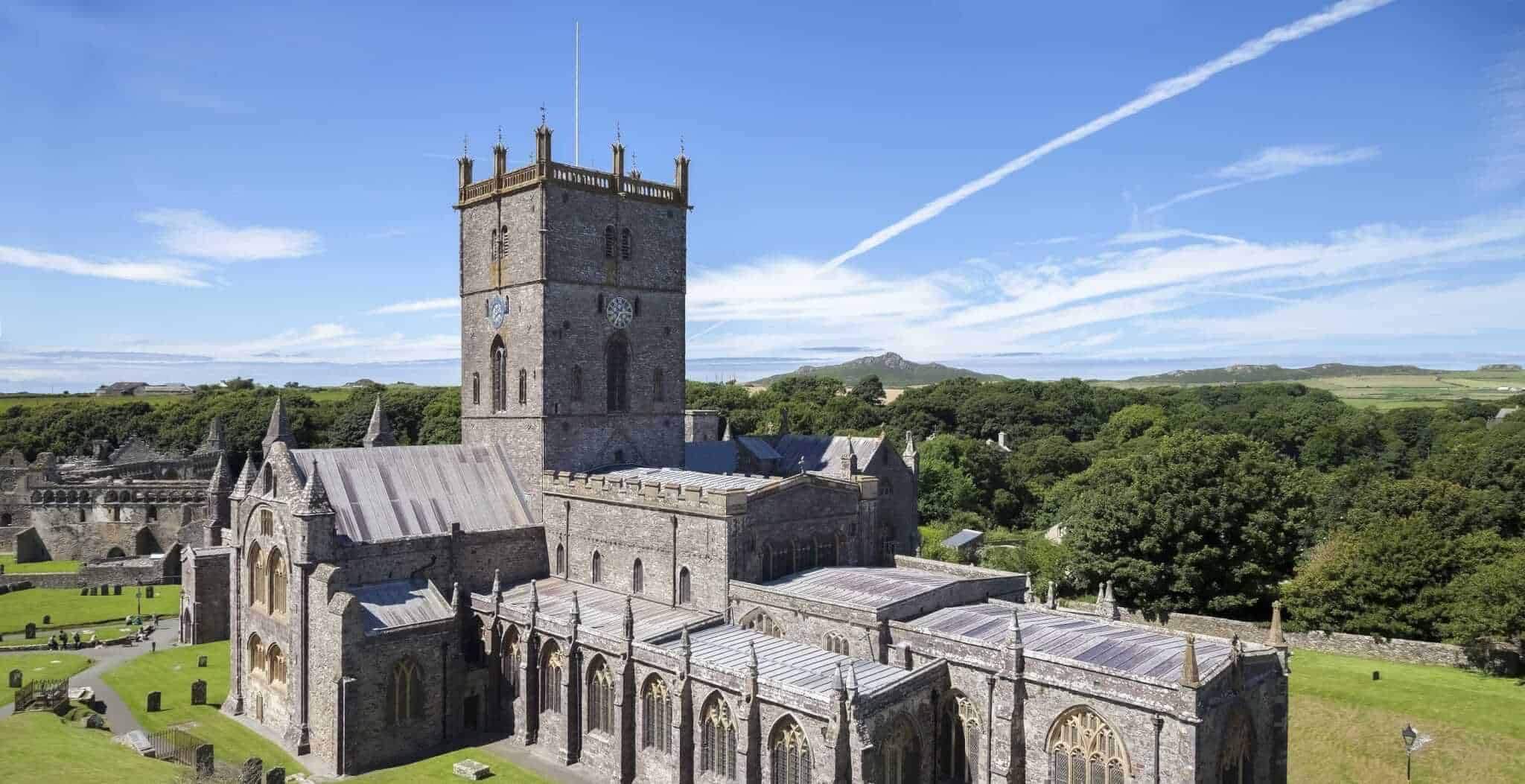
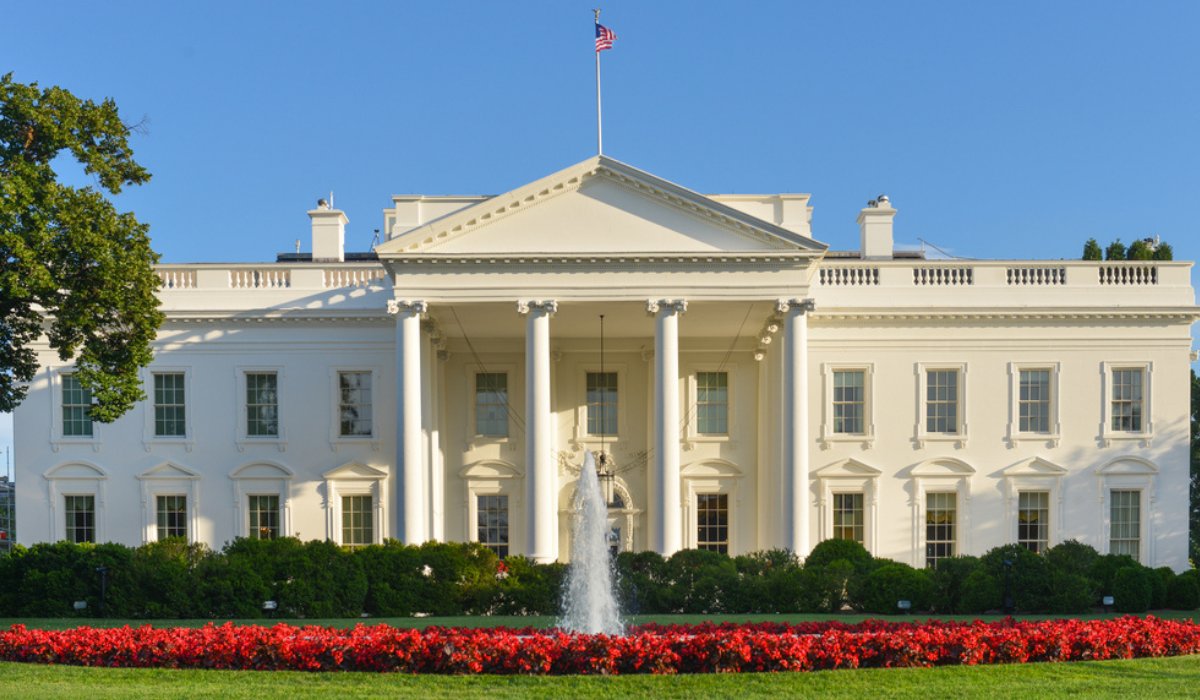
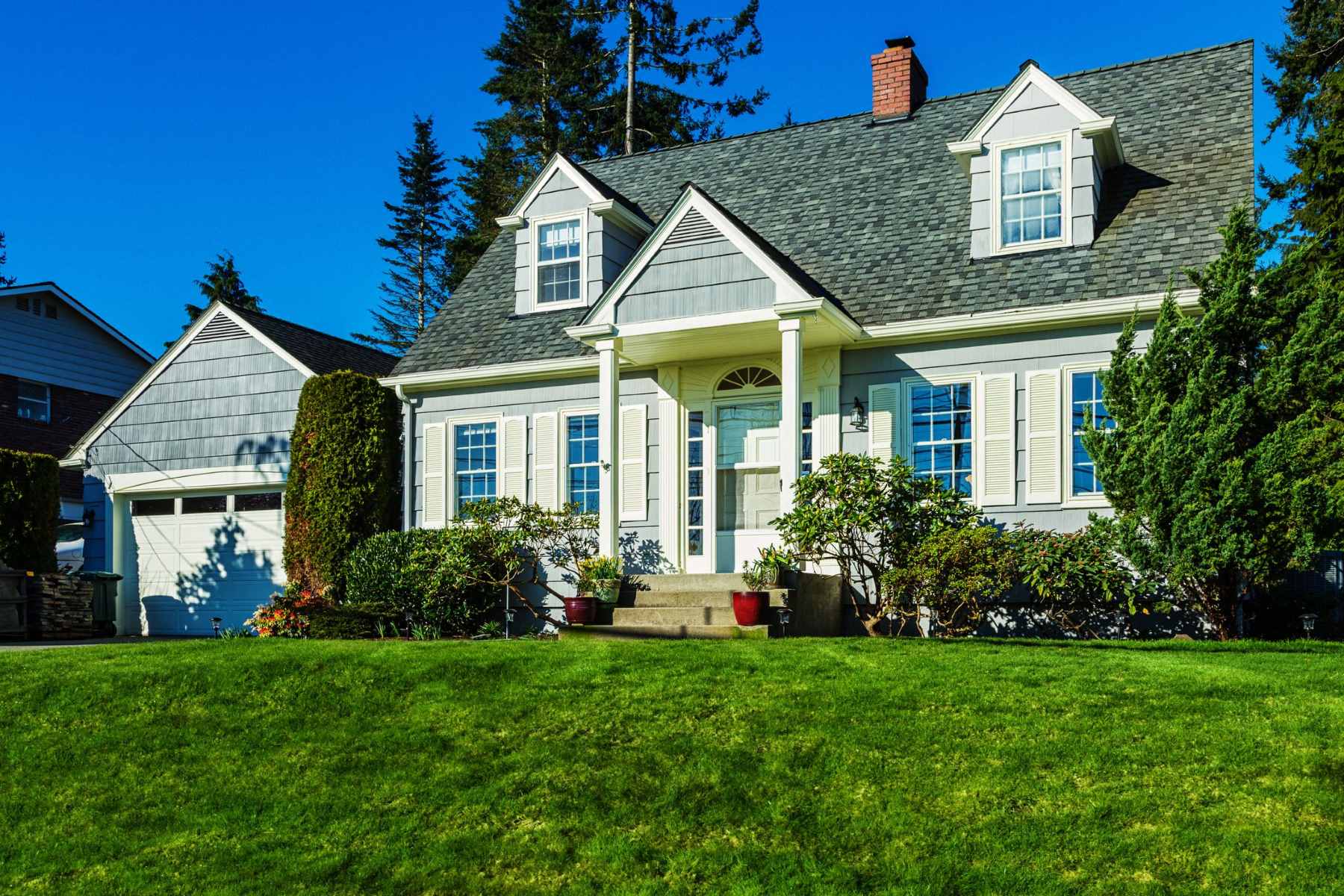
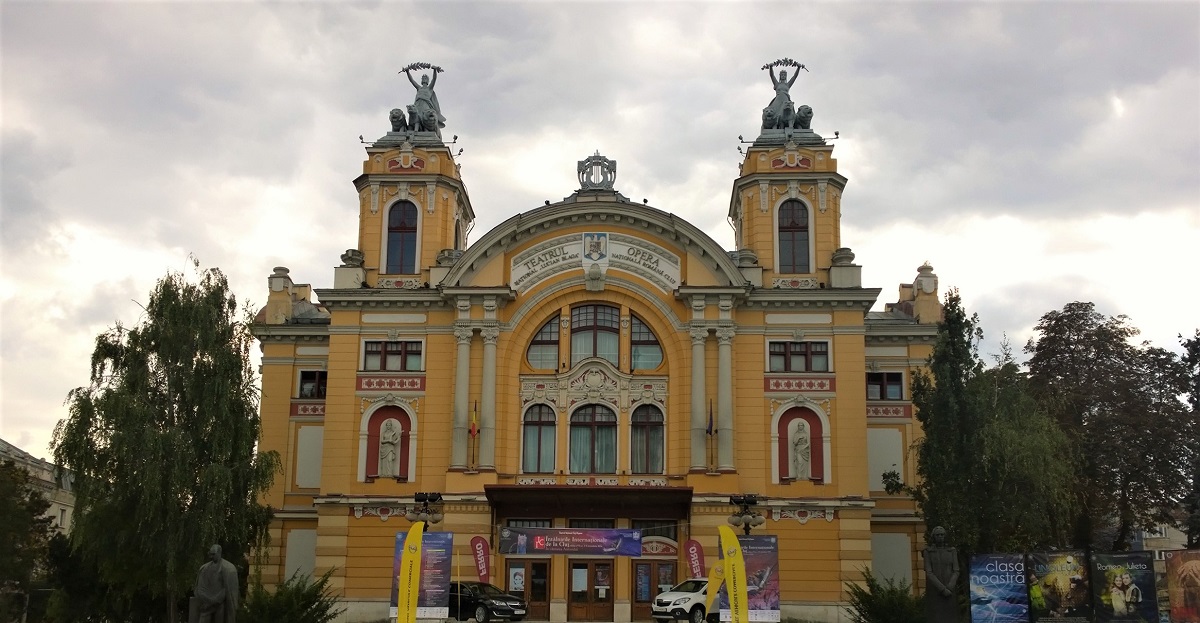
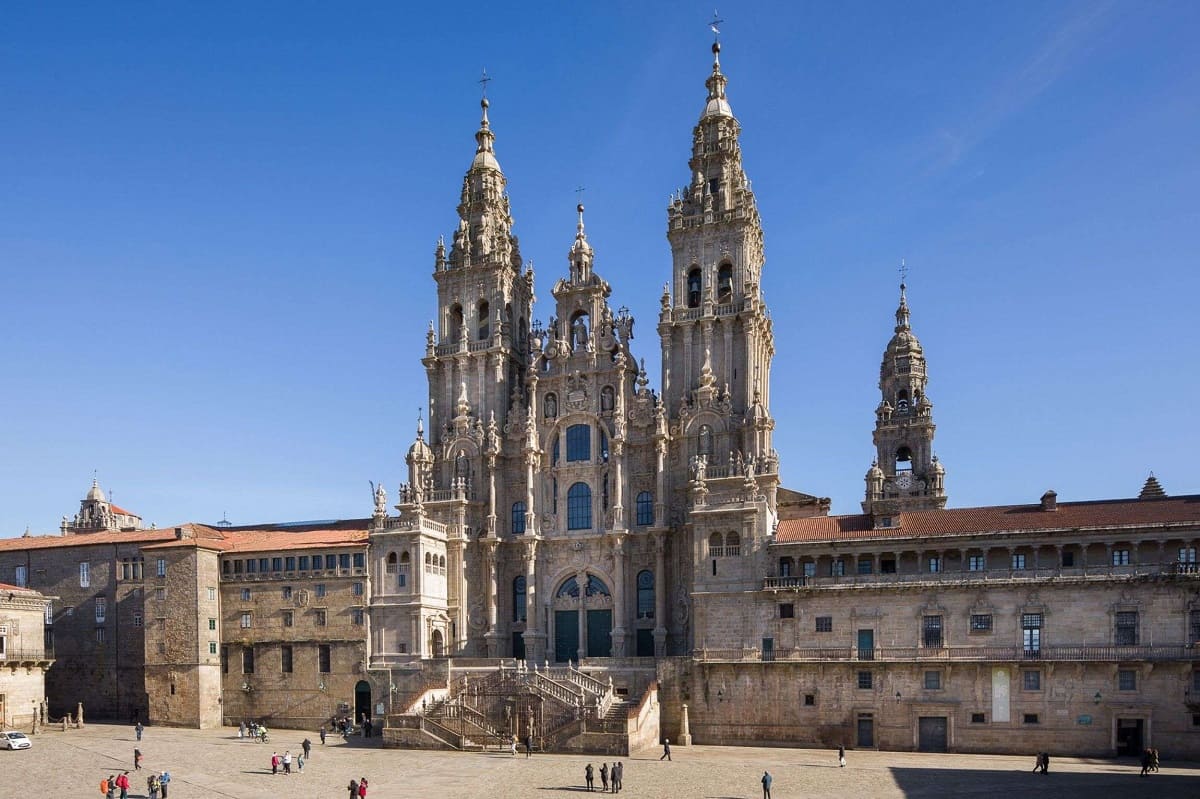
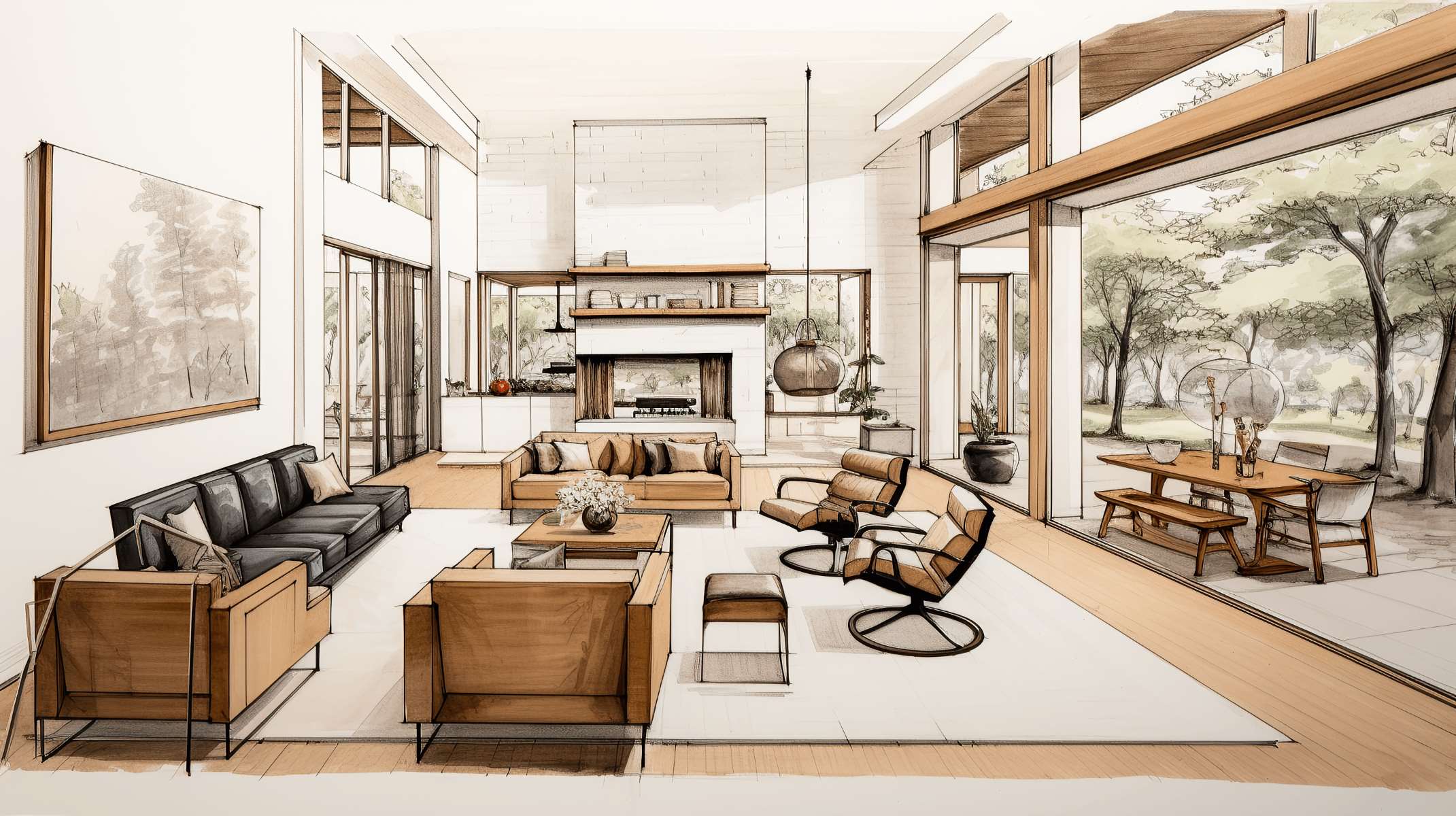
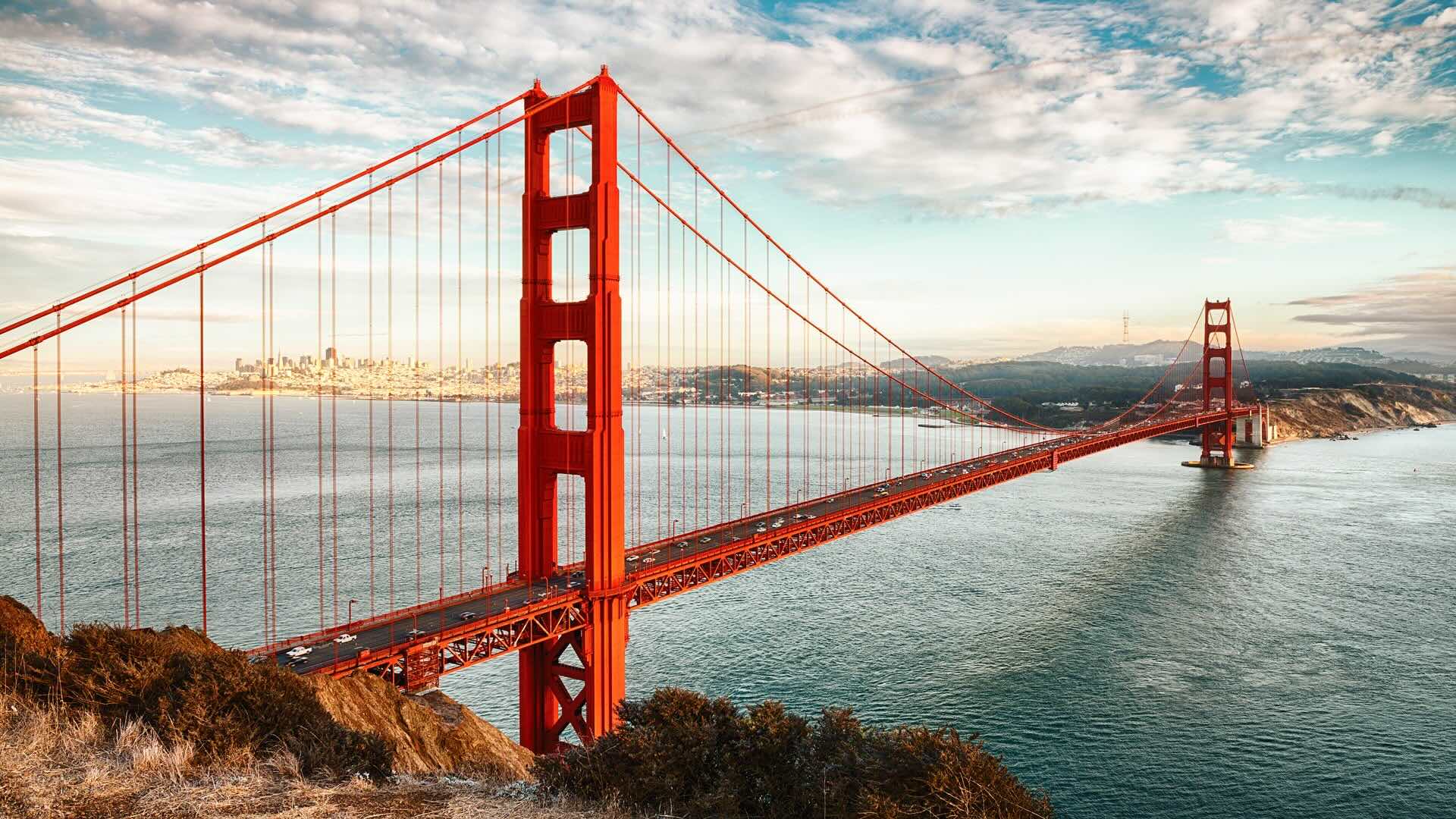
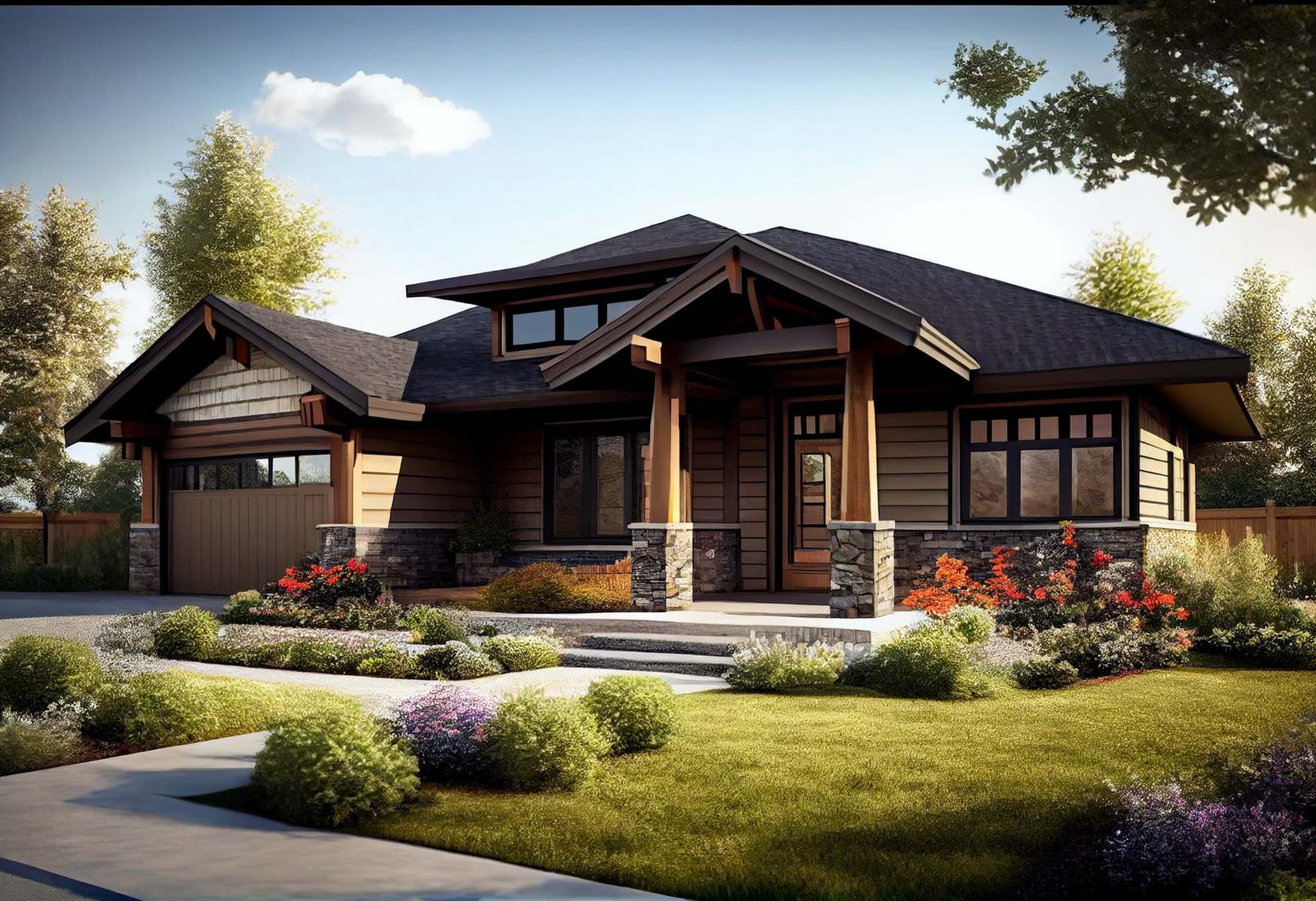
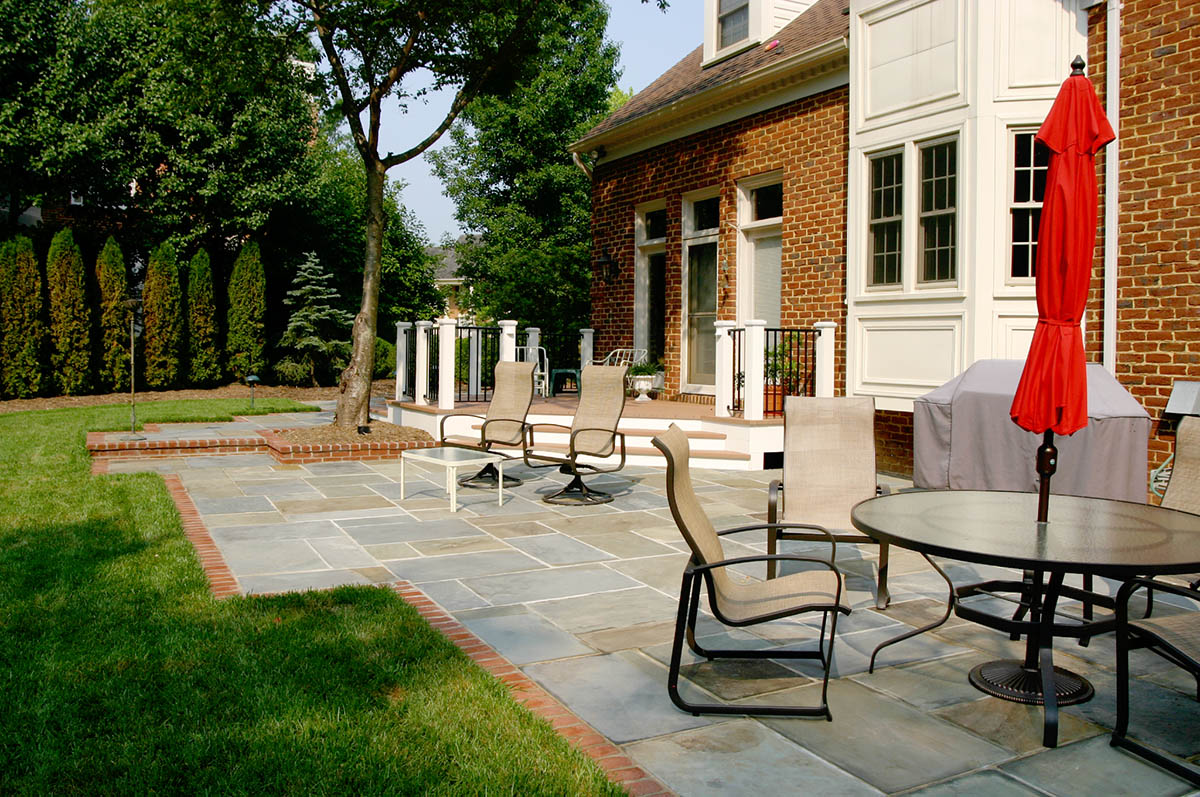
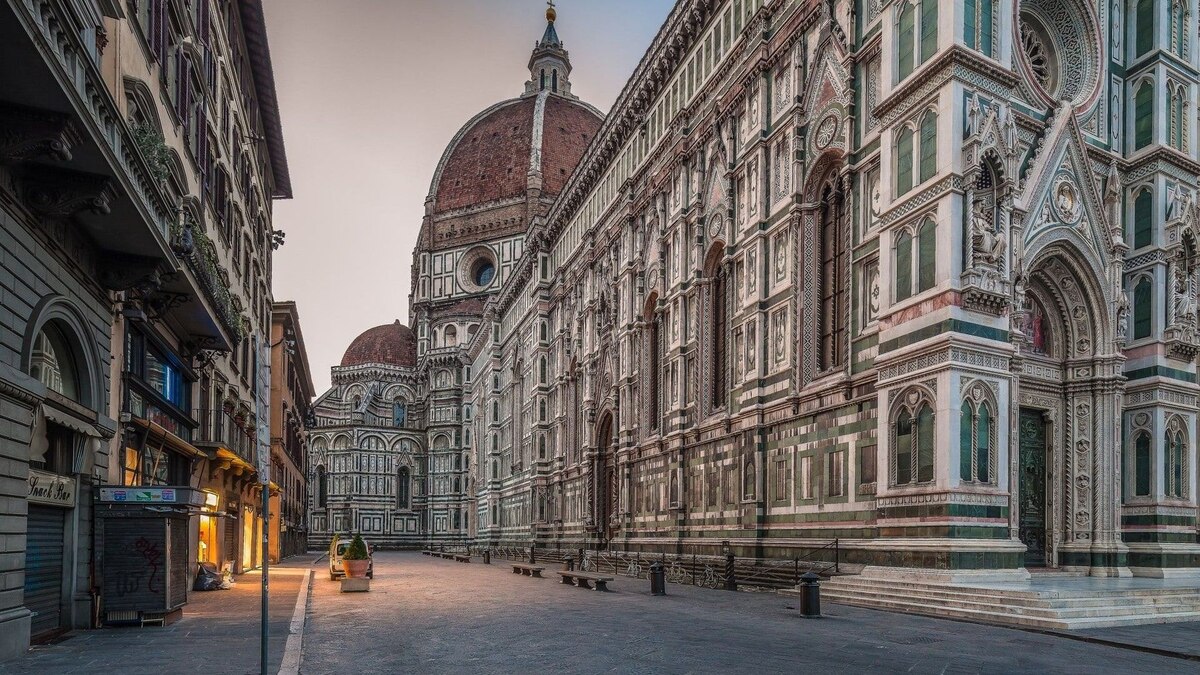
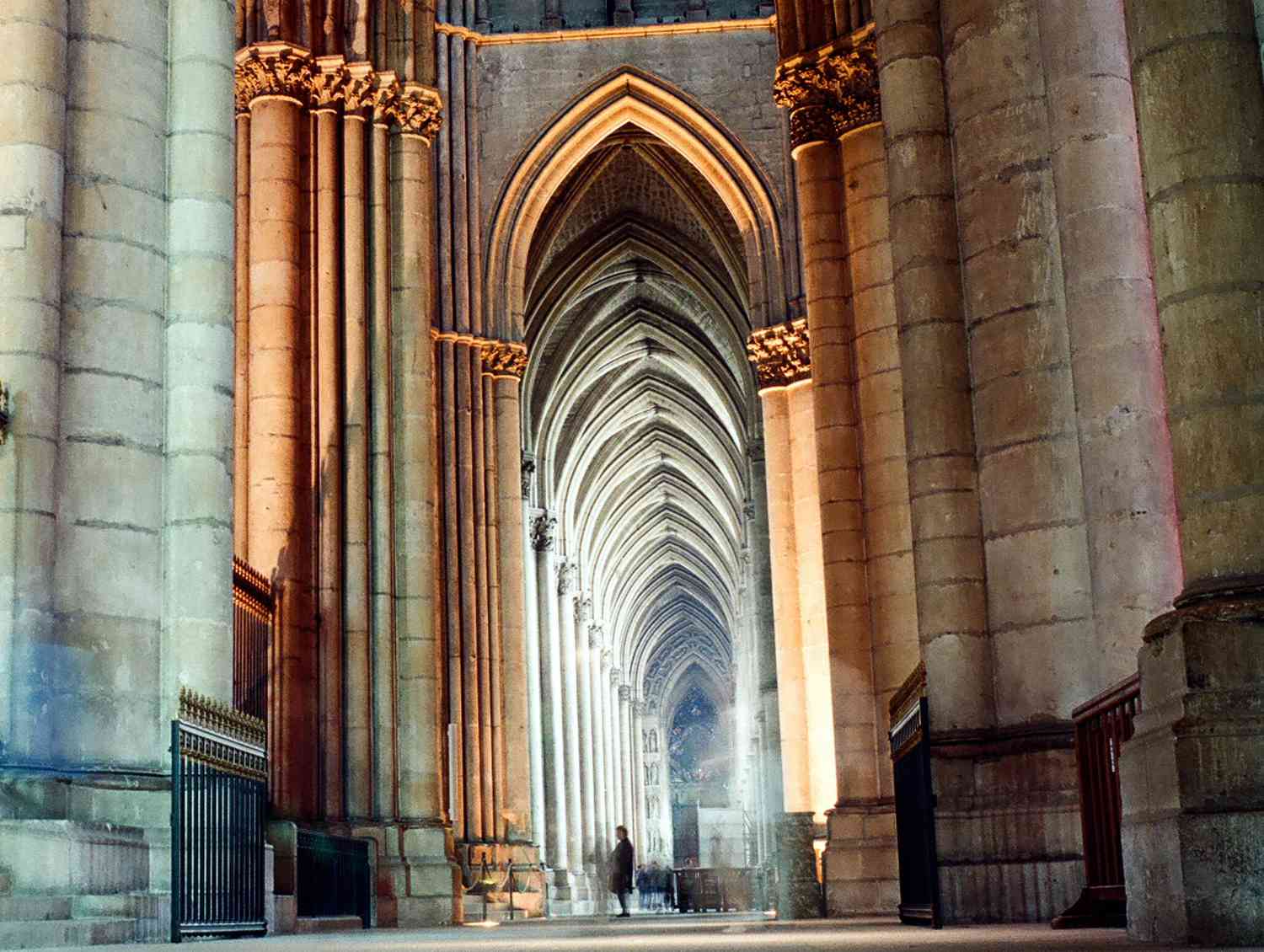
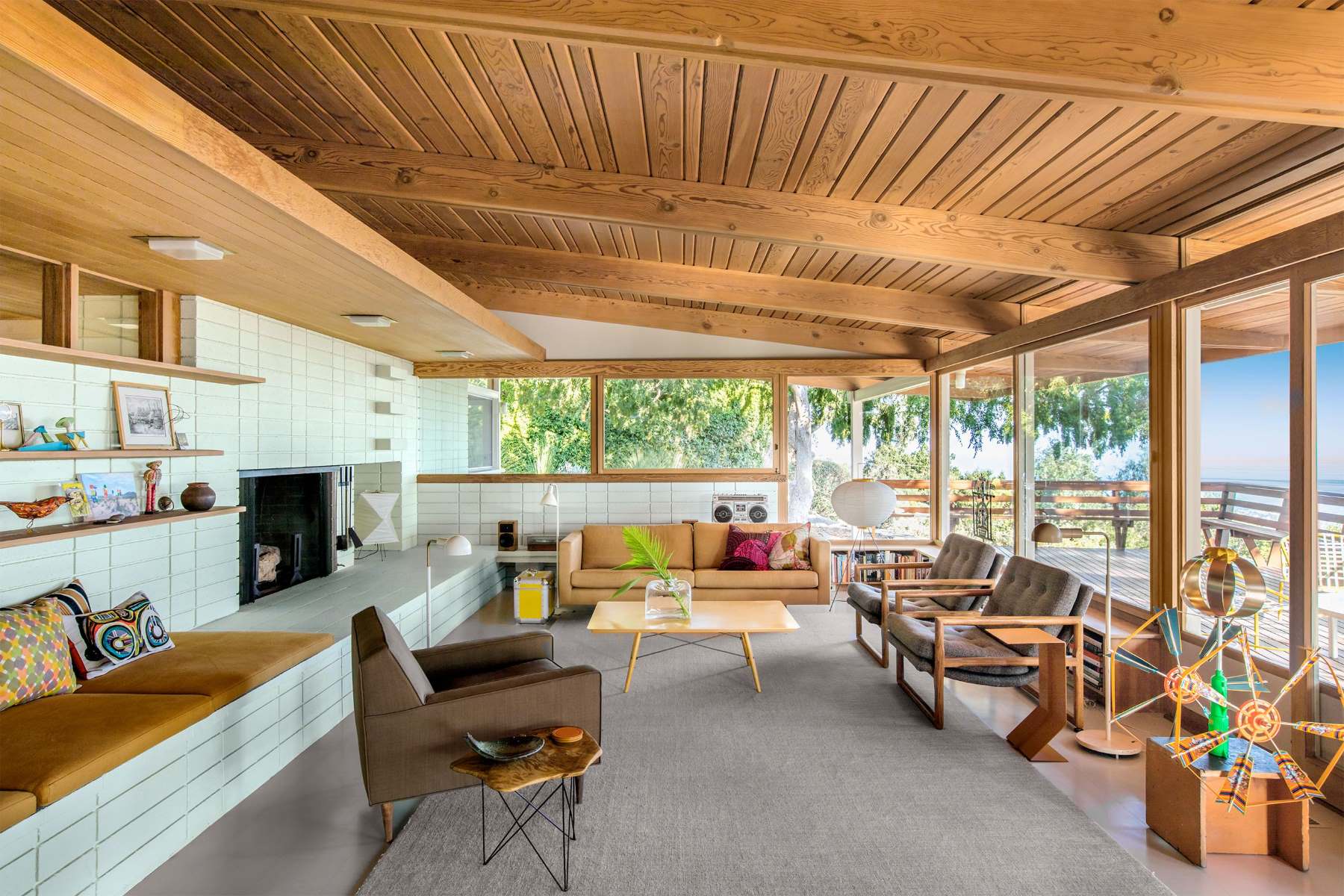
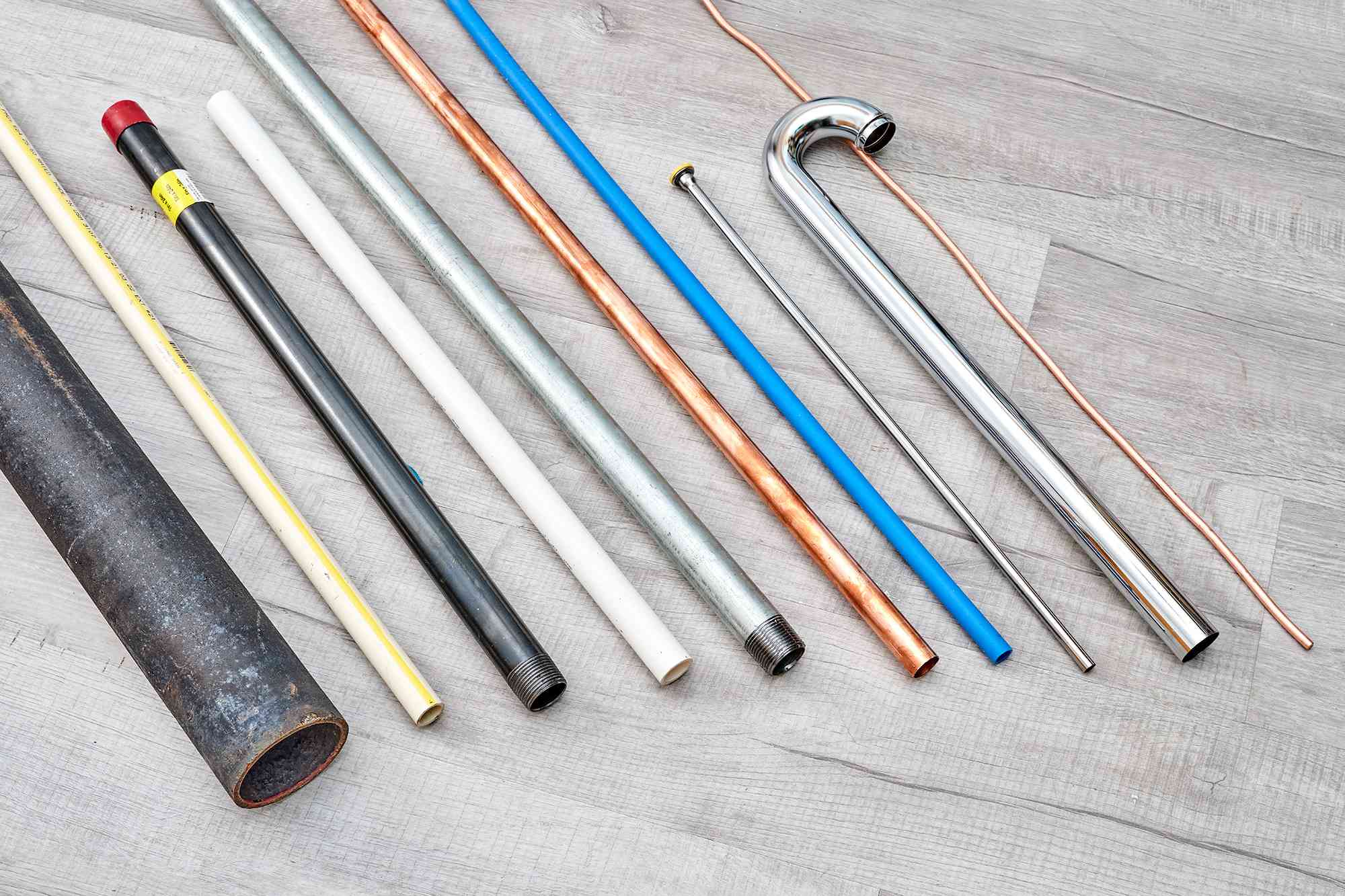

0 thoughts on “What Are The Elements Of Rococo Architectural Style?”